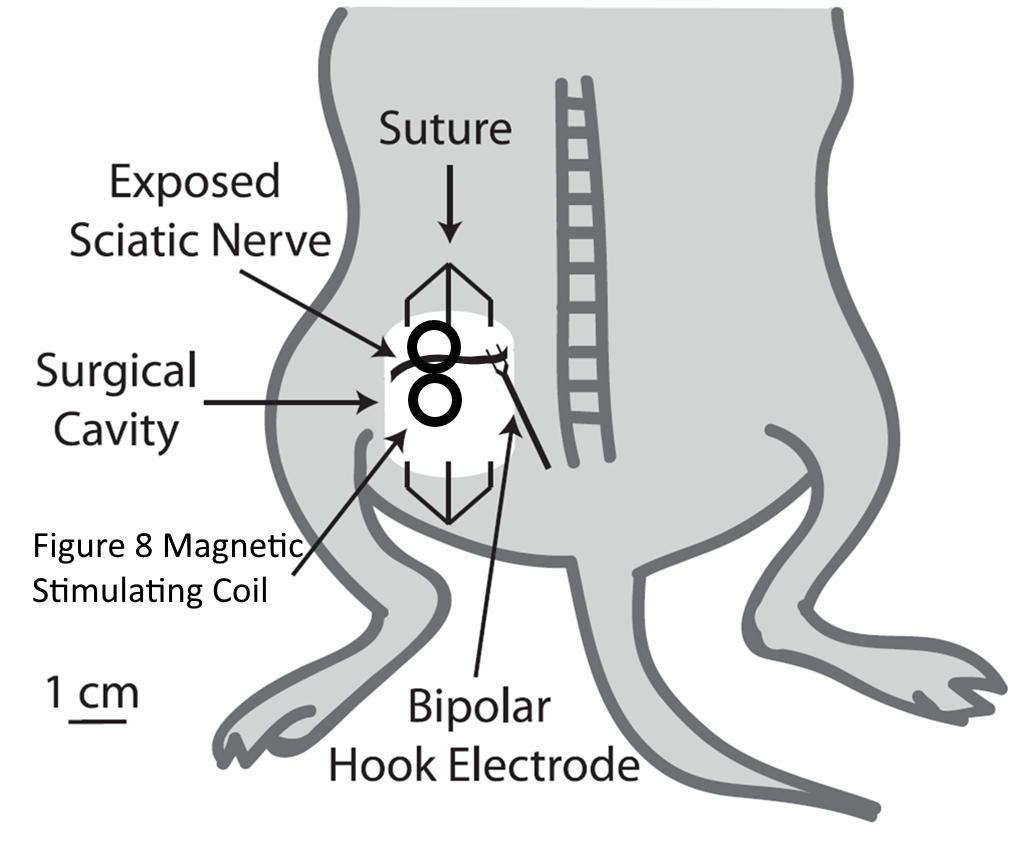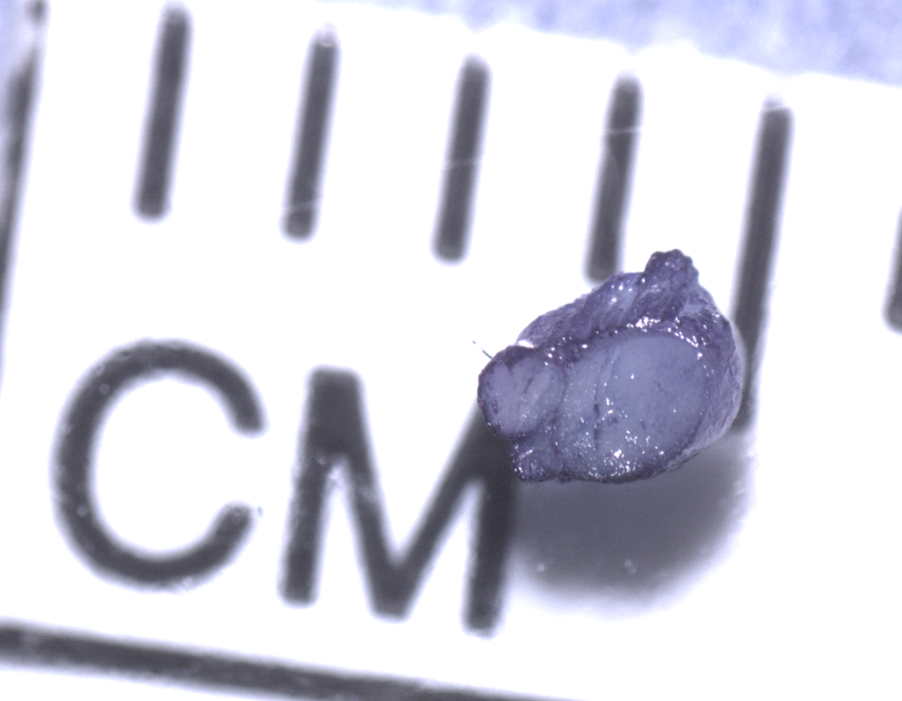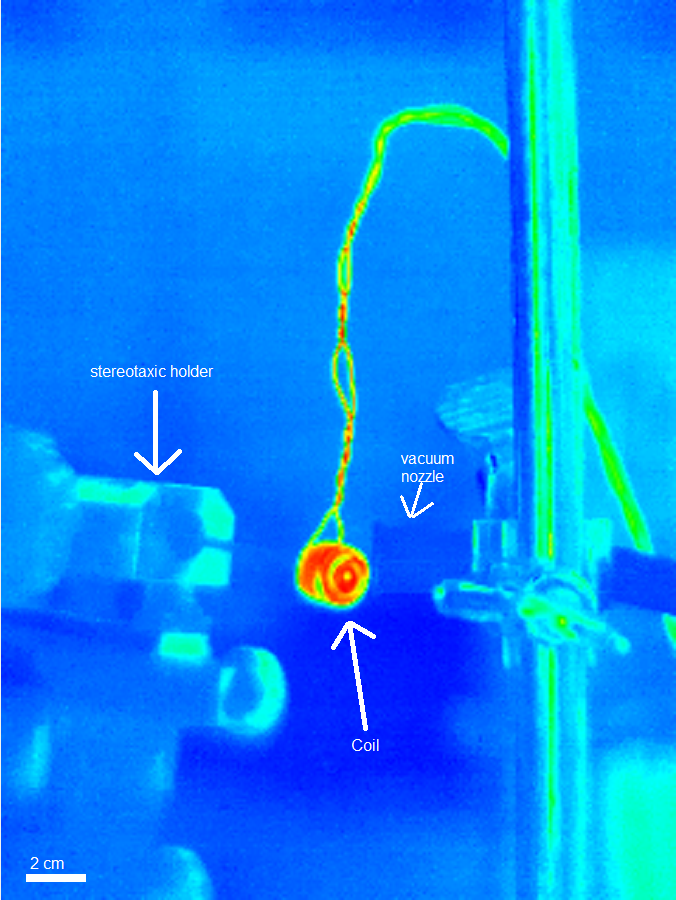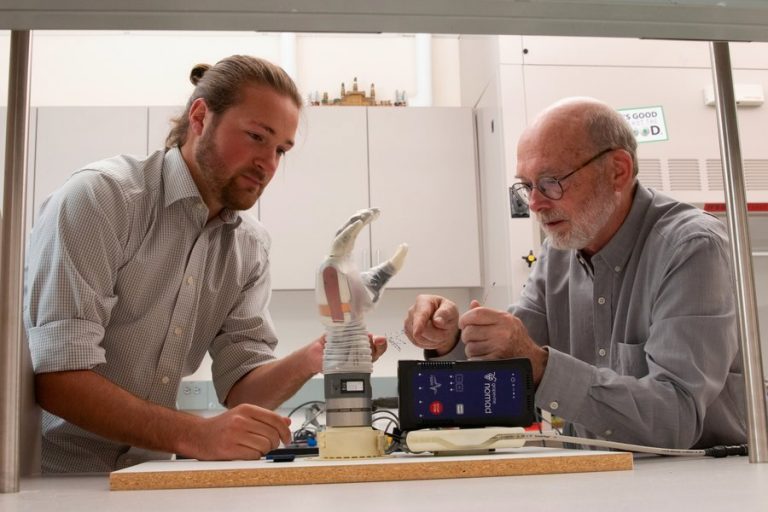
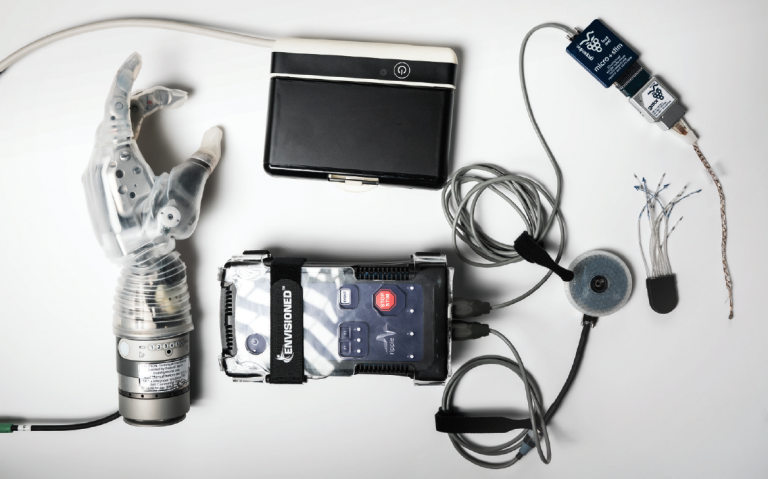
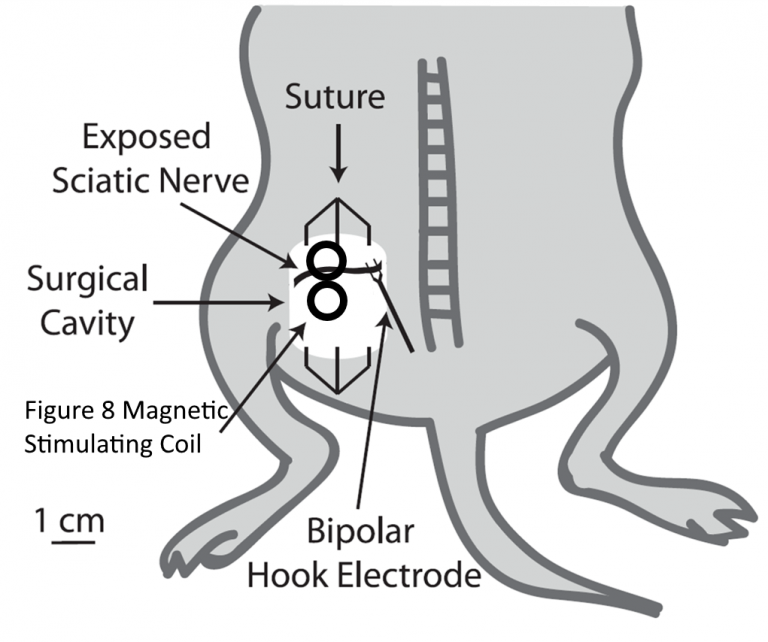
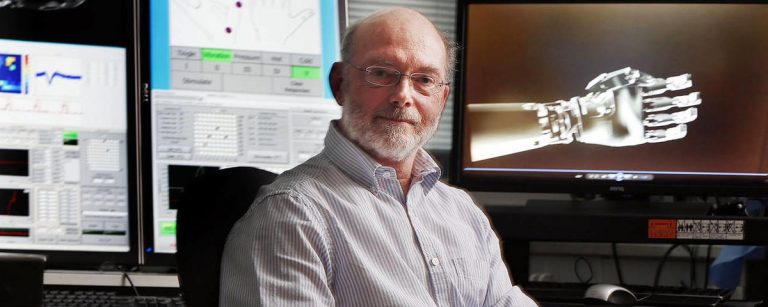

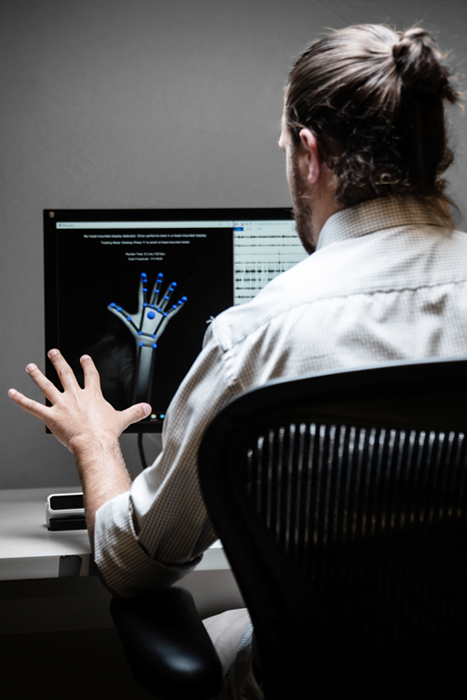
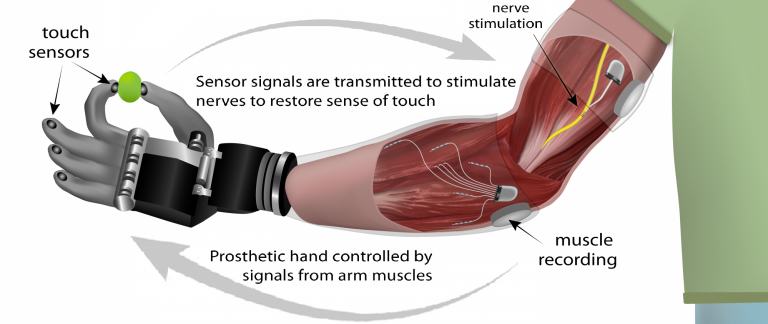
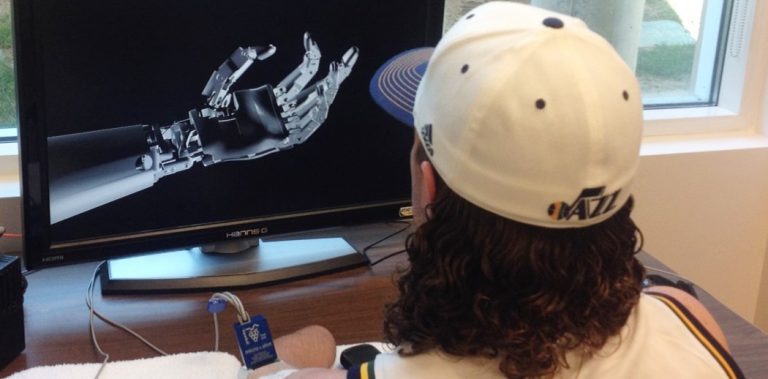

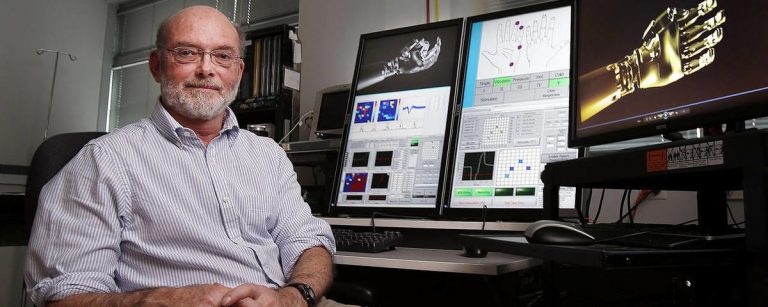
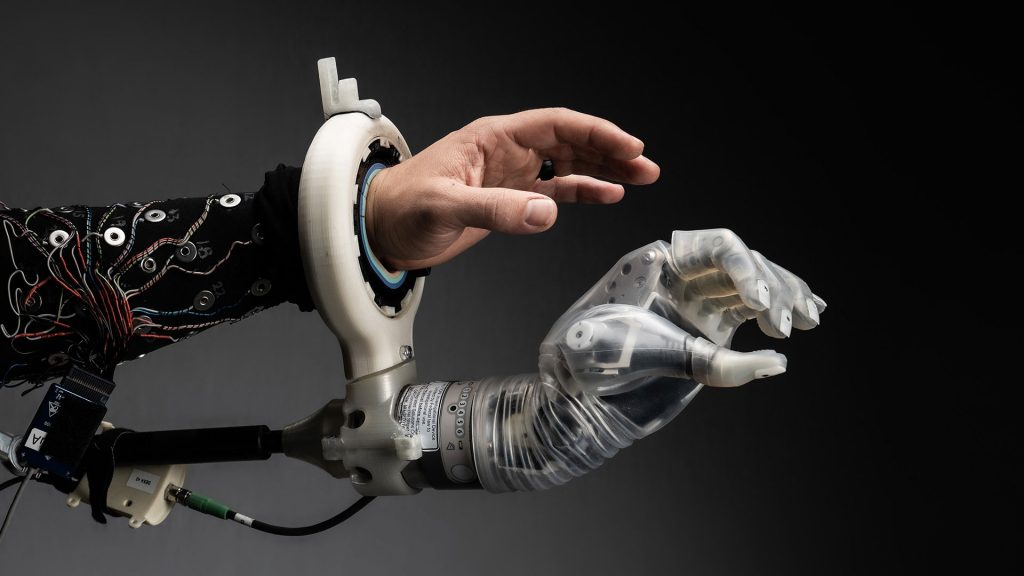
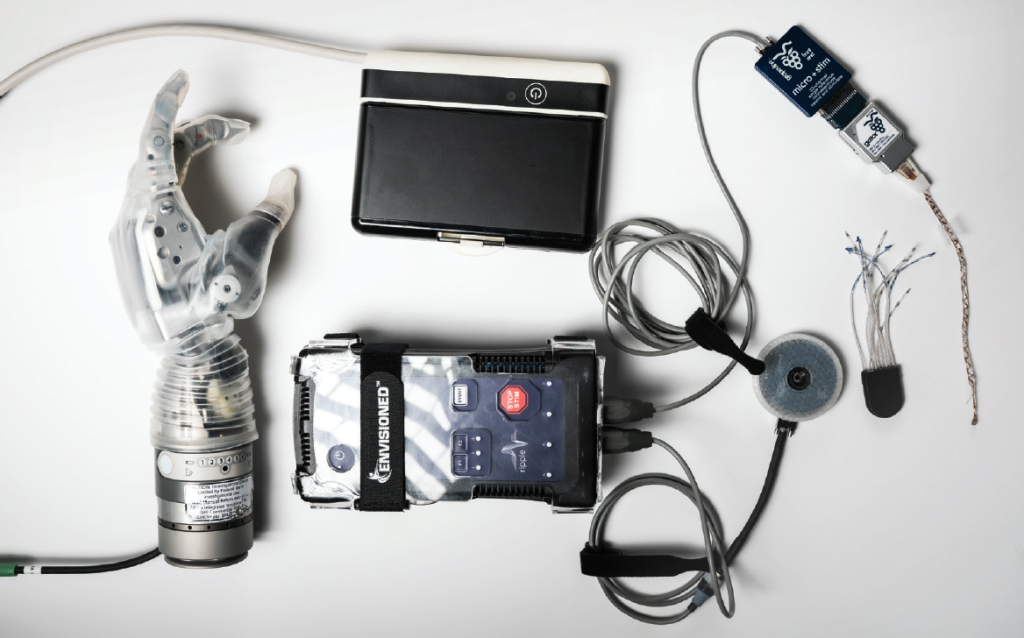

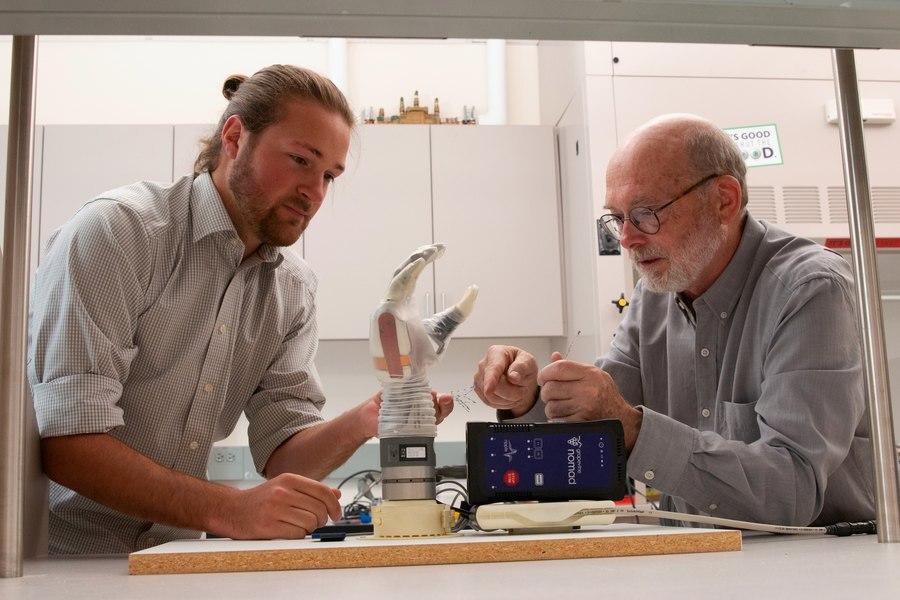
DARPA HAPTIX Program ~ Embodied Neuroprostheses
Restoring sensorimotor function to humans with upper-limb loss via use of USEAs implanted in residual arm nerves for recording and stimulation, along with recordings of myoelectric signals, so as to provide intuitive dexterous control of, and sensory feedback, from an advanced prosthetic limb.
Collaborative Online Learning and Control for Motor Prosthesis
The goal of this project is to develop and evaluate a collaborative brain-machine learning system that trains the human brain to remap limb movement control to heterologous muscles while simultaneously training the machine to interpret movement intent from surface electromyograms.
Magnetic Stimulation for Selective Muscular Activation
Data-driven Approaches For Restoring Naturalistic Motor Functions Using Functional Neural Stimulation
We are developing and evaluating the use of machine learning methods, such as the convolution neural network models that were inspired by the organization of primary visual cortex, to control activation of muscles via asynchronous intrafascicular stimulation peripheral nerves. Specifically, the goal of this project is to develop and evaluate methods to restore natural, coordinated, and graceful gait in an animal model of paralysis, an anesthetized feline.
Focused Ultrasound Neuromodulation of Dorsal Root Ganglion for Noninvasive Mitigation of Low Back Pain
Establishing focused ultrasound stimulation parameters for magnetic-resonance guided neuromodulation of the dorsal root ganglion in a pig model, by measuring somatosensory evoked potentials in primary motor cortex during focal stimulation to the ipsilateral dermatome.
Computational Modeling Framework For Safety And Efficacy Assessment Of PNS Stimulation (Image Pending)
The goal of this project is to develop and make available to the scientific community a modular, integrated, multiscale computational modeling framework that will allow the user to design safe and effective peripheral neurostimulators.
Development And Translation Of An Intracranial Auditory Nerve Implant
The proposed project will build and evaluate the safety and design needs of a new type of intracranial auditory prosthesis that targets the auditory nerve between the cochlea and the brain-stem (auditory nerve implant, ANI) in order to substantially improve hearing performance over the current standard of care, the cochlear implant (CI).


